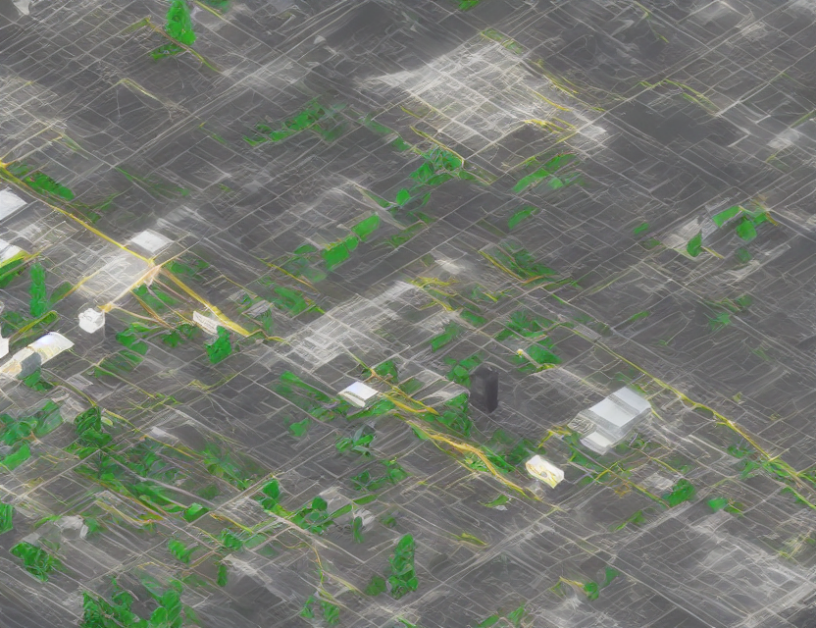In this paper, we explore a new approach to reducing the computational requirements of deep neural networks while maintaining their accuracy. Our method is based on the concept of spatial entropy, which measures the amount of information present in a neural network’s activations. By minimizing the spatial entropy of convolutional activations, we can significantly reduce the number of computations required without compromising performance.
To understand how this works, imagine a neural network as a complex web of interconnected nodes, each representing a small part of an image. The activation of these nodes is what allows the network to recognize patterns in the image. By removing unnecessary nodes, or "pruning" them, we can simplify the network and reduce its computational requirements without affecting its ability to recognize images.
Our approach is different from traditional pruning methods because it focuses on reducing the entropy of the activations rather than simply removing redundant weights. This allows us to remove information that is not important for image recognition while preserving the information that is essential.
We evaluate our method using several experiments and show that it can significantly reduce the computational requirements of a neural network without affecting its accuracy. Our approach has important implications for deploying deep learning models on battery-powered devices, where energy efficiency is critical. By reducing the computational requirements of these models, we can enable more efficient and longer-lasting devices that can be used in a variety of applications.
Overall, our work demonstrates a new and effective approach to reducing the computational requirements of deep neural networks while maintaining their accuracy. By minimizing the spatial entropy of convolutional activations, we can create more efficient and sustainable deep learning models that can be used in a wide range of applications.
Computer Science, Machine Learning
Minimizing Spatial Entropy in Neural Networks for Power Efficiency



